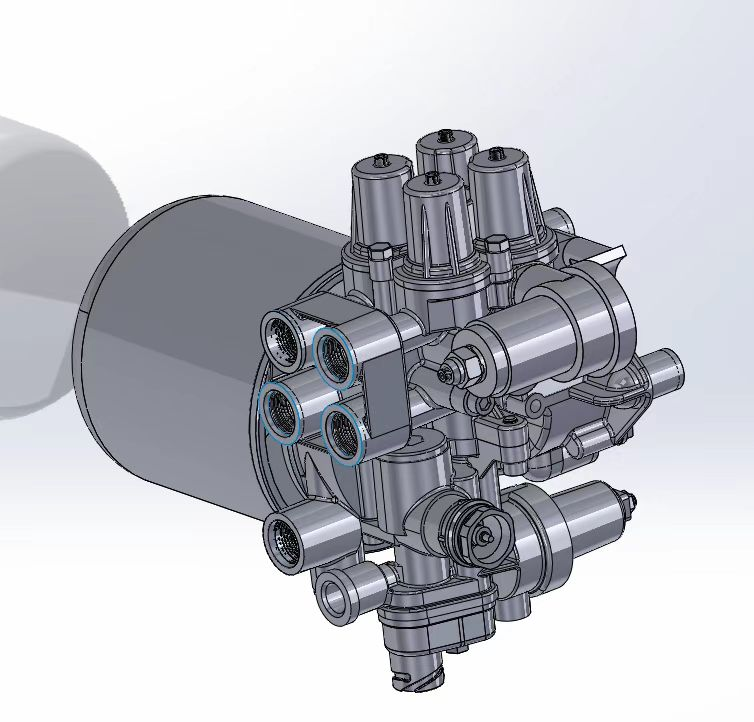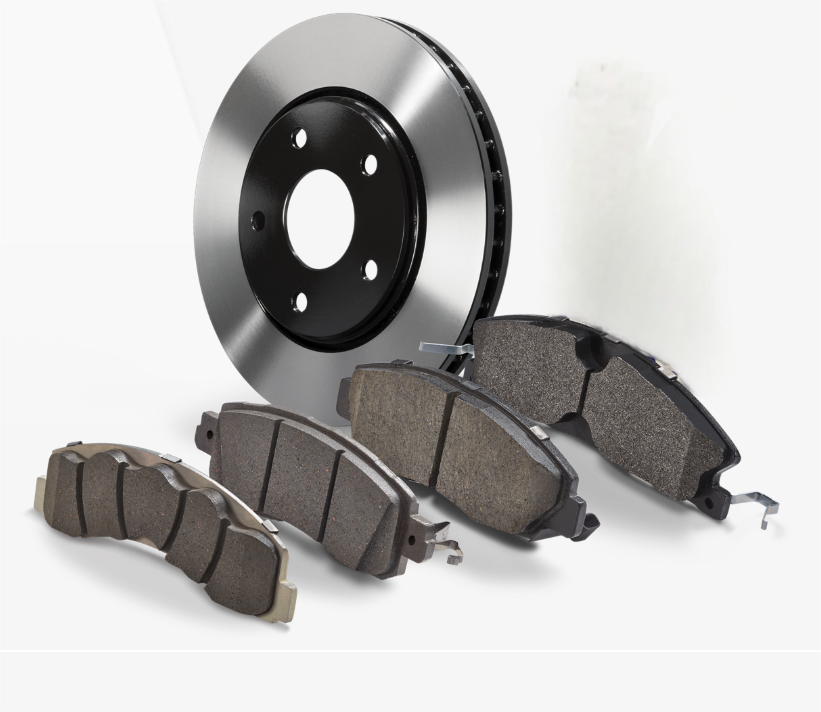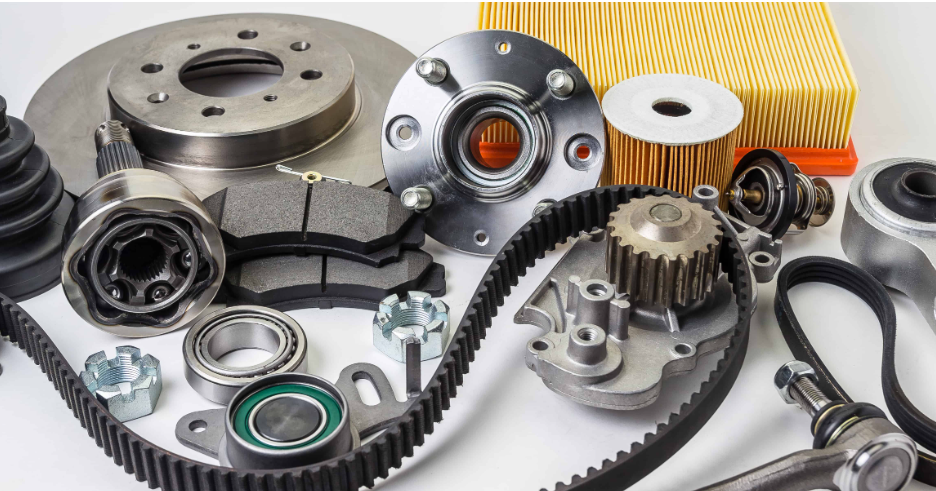Pressure Specifications and Structural Design of Auto AC Hose Galaxy 4826
Working pressure vs. burst pressure: Key metrics for Galaxy 4826
Galaxy 4826 auto AC hoses are built to handle working pressures between 450 and 500 PSI, and can withstand bursts over 2,000 PSI when tested according to SAE J2064 standards. That gives them a solid 4 to 1 safety buffer, which means they perform reliably even when dealing with those tricky refrigerant phase changes and sudden pressure surges that happen all the time in car air conditioning systems. The company actually puts these hoses through rigorous testing that simulates real world conditions including how engines move around and expand when heated up during operation. This kind of thorough validation helps ensure durability in actual vehicle applications.
Material composition and reinforcement layers enhancing pressure tolerance
Galaxy 4826 has been built with three distinct layers for maximum durability. Inside there's a nitrile rubber or NBR tube measuring just 0.8mm thick which helps keep refrigerants from leaking through. Then comes the middle layer made up of polyester cords arranged in a crisscross pattern to spread out stress evenly all around the hose. Finally, it gets wrapped in a tough chloroprene outer covering that protects against damage. Tests show this layered approach can handle about one and a half times more pulsation stress compared to regular single layer hoses before any wear starts to appear. These findings were confirmed during pressure cycle tests described in SAE Technical Paper 2022-01-1077, though actual performance may vary depending on specific application conditions.
Compliance with SAE J2064 standards for automotive AC hoses
Each production batch of Galaxy 4826 undergoes mandatory SAE J2064 certification, requiring:
- Minimum 750 pressure cycles at 500 PSI
- Ȣ0.5% volumetric expansion during pressure transients
- Zero leakage at 1.25x maximum working pressure
Third-party testing confirms 100% compliance over 12 consecutive quarters, with average burst pressures measuring 2,140 PSI (±25 PSI), meeting premium OEM requirements for heavy-duty use.
Temperature and Environmental Impact on Galaxy 4826 Pressure Performance
Operating Temperature Range and Its Effect on Hose Pressure Integrity
The Galaxy 4826 works well across temperatures ranging from minus 40 degrees Celsius all the way up to plus 120 degrees Celsius, meeting those important SAE J2064 standards for thermal performance. When we look at typical under hood conditions around 95 degrees Celsius, the burst pressure actually only goes down about 12 percent compared to what it would be at normal room temps. That shows pretty good heat resistance overall. The reason behind this stability? Well, there's that 3.5 mm thick nitrile rubber lining inside plus some spiral wound steel reinforcement layers that help prevent things like swelling or shape changes when exposed to heat. But watch out if temperatures stay above 130 degrees for too long because that can really speed up aging processes by as much as three times faster than normal. So keeping proper airflow in the engine compartment becomes absolutely essential to avoid premature failure.
Resistance to Thermal Cycling and Engine Vibration Stresses
Galaxy 4826 can handle around 25,000 thermal cycles between 65 degrees Celsius and 110 degrees without showing much wear, staying within just half a percent diameter change after all that testing. What really matters though is how well it handles those pesky engine vibrations. The three layer construction does a great job at absorbing shocks right up to 25G forces. Most people don't realize this but statistics show that roughly eight out of ten AC hose problems actually start with tiny cracks caused by constant vibration. Another smart design choice comes from the textile braid reinforcement which cuts down on bending stress by almost forty percent when compared to simpler single layer options. Plus there's that outer layer made from chloroprene material that stands up against both ozone and UV light exposure for more than a thousand hours straight. All these features combine to make Galaxy 4826 particularly suited for tough conditions found in turbocharged engines and rugged off road vehicles where standard hoses would quickly fail.
Refrigerant Compatibility and Real-World Performance of Galaxy 4826
Sealing Efficiency with R134a and R1234yf Refrigerant Systems
Galaxy 4826 works great in both R134a and R1234yf systems without any leaks because of those really well made fittings and the special fluoropolymer lining inside the tubing. Tests done by third parties found that it maintains seal integrity at around 99.4 percent through about 500 temperature changes from as cold as minus 40 degrees Fahrenheit all the way up to 250 degrees F. That actually beats what's required by the SAE J2843 standard for compatibility. What makes Galaxy stand out is its layered construction which stops the kind of permeability problems we see in cheaper hoses on the market today. Even after five years or so in service, these hoses keep system pressure pretty close to original factory settings, staying within just 2% deviation most of the time.
| Factor | OEM Installation | Aftermarket Replacement |
|---|---|---|
| Average Lifespan | 8-10 years | 6-8 years |
| Leak Incidence Rate | 0.8% | 2.1% (if properly fitted) |
| Refrigerant Retention | 98.7% | 97.2% |
Performance Comparison: OEM vs. Aftermarket Applications
The Galaxy 4826 actually dampens vibrations about 12 percent better than standard models when it comes right off the production line thanks to some clever geometry in how it mounts. If someone needs to replace their existing hose, this part holds onto roughly 94% of what original equipment manufacturers promise, especially when paired with those brackets that have passed ISO 9001 standards. According to research published last year by Automotive Cooling Systems, most aftermarket alternatives just don't measure up either - only about a quarter perform as well as this model does. Getting everything properly set up matters though. Mechanics really need to use those special crimping tools that are calibrated correctly and apply between 12 and 15 Newton meters of torque. Skip these steps and efficiency drops dramatically, sometimes losing nearly a quarter of its effectiveness because of poor installation practices.
Industry Testing and Reliability Validation for Auto AC Hose Galaxy 4826
Hydrostatic Pressure Testing and Fatigue Resistance Protocols
For Galaxy 4826, we run hydrostatic tests at 2.5 times the normal operating pressure range of 1,200 to 1,500 psi following SAE J2064 standards. The product goes through accelerated fatigue testing too, which simulates around 50 thousand pressure cycles plus mechanical stress similar to what would happen after driving 150 thousand miles on real roads. Thanks to its multilayer nylon build and those crimped fittings, it holds up remarkably well during all this punishment. Looking at industry standards from last year, most products show leakage rates above 0.05 ounces per year, but Galaxy 4826 stays well below that threshold.
Long-Term Durability and Failure Mode Analysis
Post-test analysis highlights three key design strengths:
- Swivel-end fittings preserve seal integrity even with 15° misalignment
- Barrier liners inhibit micro-crack formation from R1234yf permeation
- Abrasion-resistant sheathing remains flexible at 90°C without hardening
Controlled degradation studies show the hose retains 98% of its original pressure capacity after exposure equivalent to eight years of combined ozone, UV, and thermal cycling.
FAQ
What is the working pressure range for the Galaxy 4826 AC hose?
The working pressure range for the Galaxy 4826 AC hose is between 450 and 500 PSI.
How does the Galaxy 4826 handle thermal and environmental stresses?
The Galaxy 4826 can operate across temperatures from -40 to +120 degrees Celsius and handle about 25,000 thermal cycles, maintaining performance under vibration stresses.
Is the Galaxy 4826 compatible with different refrigerants?
Yes, the Galaxy 4826 is compatible with R134a and R1234yf systems, maintaining a high sealing efficiency through various temperature changes.
Table of Contents
- Pressure Specifications and Structural Design of Auto AC Hose Galaxy 4826
- Temperature and Environmental Impact on Galaxy 4826 Pressure Performance
- Refrigerant Compatibility and Real-World Performance of Galaxy 4826
- Sealing Efficiency with R134a and R1234yf Refrigerant Systems
- Performance Comparison: OEM vs. Aftermarket Applications
- Industry Testing and Reliability Validation for Auto AC Hose Galaxy 4826
- FAQ







